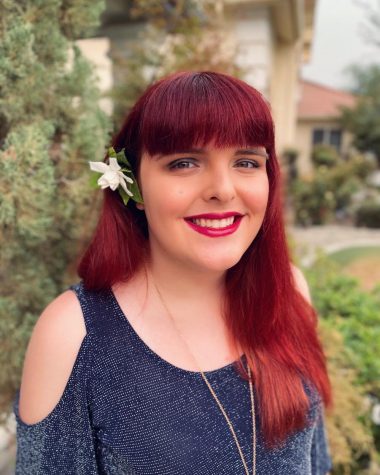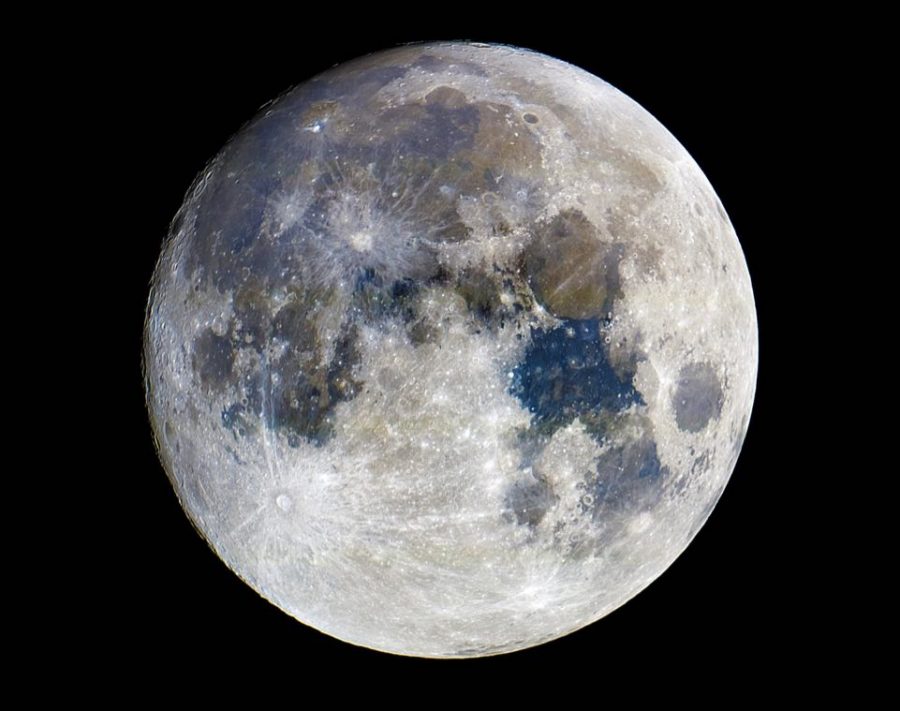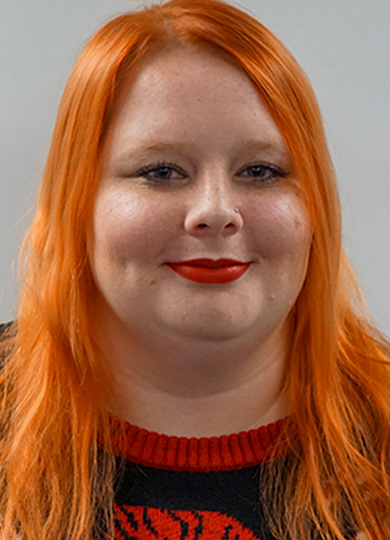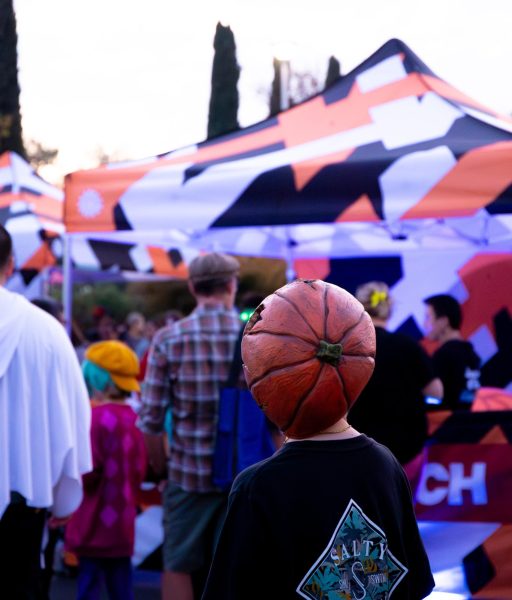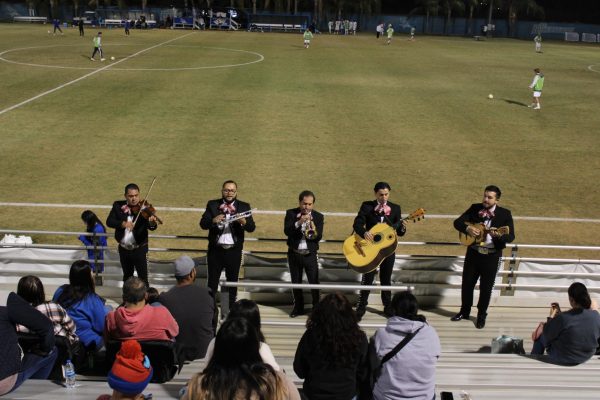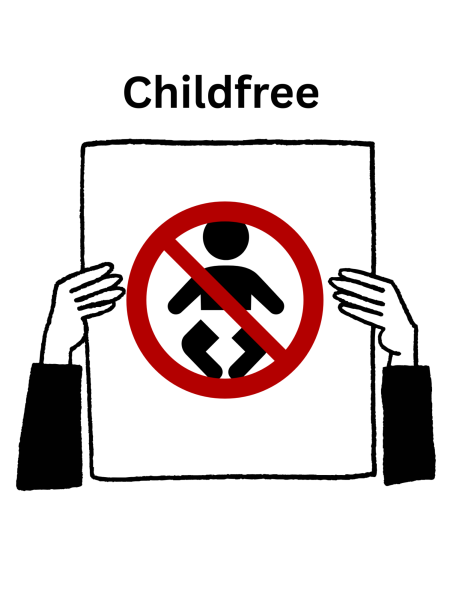Shooting for the stars: Talking astrophotography with Natalie Page
When the atmosphere is clear and the light pollution is low, landmarks and natural formations can be seen on the moon.
September 22, 2020
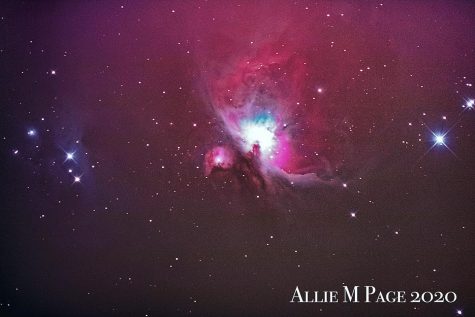
Natalie Page, a senior art and digital media major at CSU Bakersfield, has been studying astrophotography for four years. Having received her first digital camera of her own, she explained how her fascination with space that began when she was only a child never faded.
“It was a special interest of mine when I was four or five, truly looking at the stars for the first time. I was in a big space phase back then, and I never really grew out of that phase,” Page explained.
This interest only continued to blossom with time, prompting Page to consider going to college and majoring in physics. Although Page decided to study the arts instead as an undergraduate, she has applied to be study the sciences again as a graduate student. She states she will study either astronomy or physics, depending on which program she gets accepted to.
“I started out at CSUB as an art major and then later switched to digital media. While it’s a pretty big jump for me, it’s actually coming full circle. I actually applied to CSUB as a physics major, but I left it at the last minute since I didn’t want to be in a field that had to do that kind of math much,” Page said.
In the meantime, Page continues to study physics, as well as practice her astrophotography.
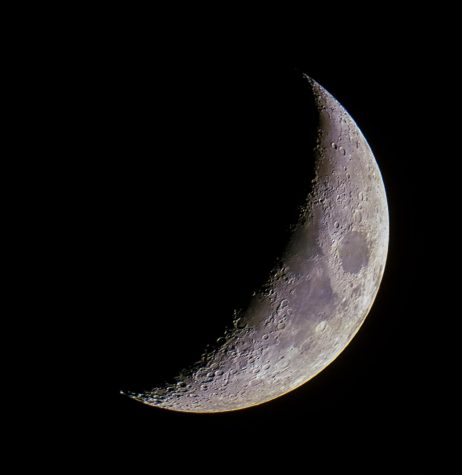
“Astrophotography is all about trial and error. Unless you have a really high-quality mount that will allow you to view the area, it’s just luck,” Page explained.
Page reminds photographers pursuing astrophotography to remember that this can take time. She explains that the average nebula can take anywhere from 20 to 80 photographs to have enough data to create the detailed image and images of planets can take thousands.
She explains the equipment she uses wasn’t cheap either; her telescopes and accessories alone cost around a $1,000. However, she notes that newer mobile devices like the iPhone 11 are said to be able to take basic photos of the Milky Way.
“Unless you want to take zoomed in photos of the nebulae like I do, you don’t really need a telescope anymore,” Page said.
The big differences between the photos taken by astrophotographers on professional cameras and those taken on cell phones comes down to data. When photographers like Page take numerous photos, they can then layer these images to create detailed final images.
“You keep taking enough pictures until you can stack them together in Photoshop, or another program I used called Deep Sky Stacker. It’s free to use; you can get it on Windows or Mac,” Page explained.
After compiling the photos to create the initial base image, photographers then run the images through their choice of editing software to make the images and those details more visible to the human eye.
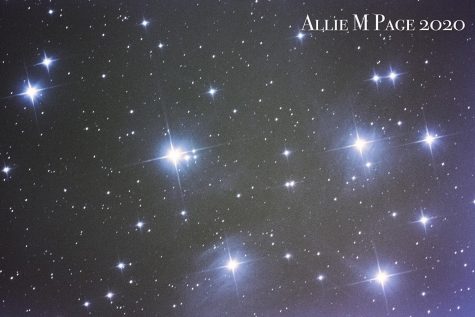
“I use Lightroom a lot for my astrophotography to fix the exposure and whatnot. The image that comes straight out of the camera is very bland, even from NASA. We don’t add to it, we just bring it out; we don’t add anything that isn’t there,” Page said.
Lately, however, it has been nearly impossible for photographers to get quality space photos due to the high volume of smoke in the atmosphere.
Photographers are facing long-term difficulties obtaining the images. Fires rage across large patches of the West Coast. The smoke can make it nearly impossible to take visible photos, and when they do, the lack of blue light can cause everything to appear orange.
“The haze is so bad that you can barely see the brighter planets, let alone any of the stars. The orange air is actually how I got the cheddar moon picture using a special eye piece on my telescope,” Page said.
However, nature is not the only thing preventing her from taking undisturbed images. Light pollution effects the visibility of the upper atmosphere, frequently making it harder to see the stars. This can destroy space photographs taken in places like metropolitan cities.

The inability to see stars can be frustrating for photographers like Page, as she enjoys being able to photograph and study the constellations. Page notes that there is always more to learn about the spiritual side of space, as there are different meanings in every culture.
“Astrology is a very cultural thing; each culture has their own tradition. Each culture has its astronomy and astrology. In some cultures, they are one in the same; in other cultures, especially western cultures, they are completely different studies,” Page explained.
The cultural differences can lead to different names for constellations, such as the Big Dipper being called the Plough in Europe. Then each culture assigns their own scientific or spiritual merit to each star or planet.
Page has noticed that there are typically more women than men studying the deeper spiritual meanings behind each aspect of space, but is unsure why that is. Page explained that she chooses to study astronomy and astrology both, opting to learn from what are repeatedly said to be the “pseudo-science” and the “proper science.”
“I believe there’s more to the stars than just what we can see. There’s a lot more to the cosmos than we know,” Page said, referencing the current limited knowledge of the universe.
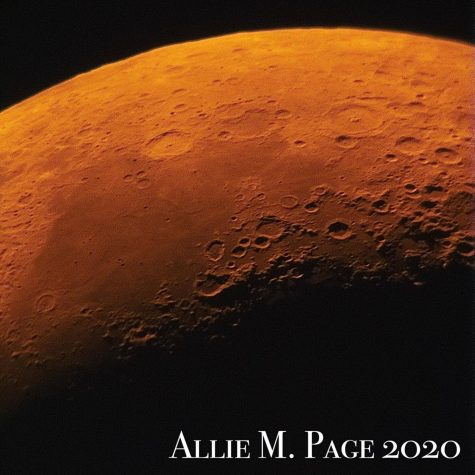
The science community’s judgement isn’t just limited to the validity of astrology though, as Page explains that it can be harder to be accepted as a woman. They can get even harsher when it comes to those that aren’t heterosexual or cisgender.
Page reluctantly admits that she has been scared to post her astrophotography on Reddit, as she is also active on multiple threads focused on the transgender community. After having witnessed the cruel comments and judgement faced by those that have been open about their sexuality and gender identities, Page said she realized how important it is for everyone to keep fighting.
“I’m going to stay resilient, go into the field strong and make a statement,” Page concluded, “There’s a stereotype out there that space is a boy thing, but it’s a human thing.”
Have astrophotography photos that you’d like to share? Send it to [email protected] for a chance to see it on The Runner’s story!
